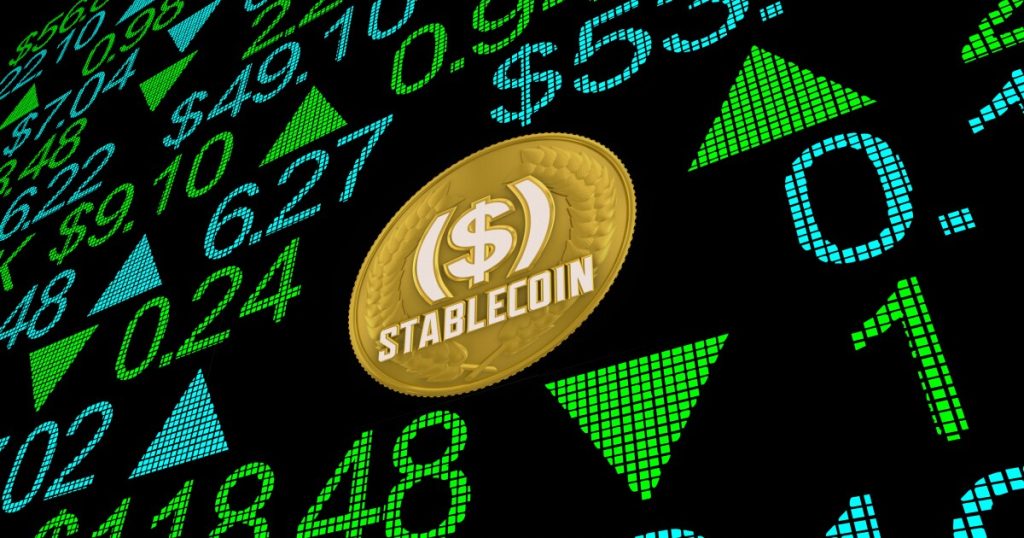Adobe Stock
The
While there has been a lot of focus on stablecoin growth and Treasury demand, people have not been focusing nearly as much on where stablecoin balances are coming from: bank liabilities. This migration of deposits to Treasuries will catalyze narrow banking — a model where banks separate deposit-taking from loan-making and fund assets through the wholesale capital markets.
According to the
Even if banks successfully issue their own stablecoins or retain depositors in branded stablecoin, reserve requirements will prevent those stablecoins from directly funding loans, unlike traditional deposits. Therefore, every dollar that moves into stablecoin is a dollar that was once held in a bank transaction account funding loans.
To put this into perspective, as interest rates increased from 2022 to 2023, a roughly
Decentralized finance, or DeFi, is a natural solution for the bank liability gap created by stablecoin usage. Per the GENIUS Act, stablecoins will not offer yield. Therefore, when people hold stablecoin they will seek to earn yield through other mechanisms (rather than transfer back to fiat, as common user behavior of the crypto ecosystem is that people tend to keep funds on chain).
DeFi platforms can offer stablecoin holders yields by replicating some aspects of the banking system, such as asset-based lending, where lenders look at the volatility, liquidity and prepayment rates of an asset rather than underwriting the borrower as a counterparty. The difference with DeFi, however, is that this is done over the blockchain, with real-time settlement, transparency and smart contracts in a decentralized way. “Decentralized” means that borrowers and lenders find each other without an intermediary, instead relying on common marketplace terms and conditions.
While DeFi has existed since the early days of crypto, historically it has been used primarily to borrow or borrow against cryptocurrencies. Further, some of the very public issues with blockchain (ICOs, FTX, NFTs, meme coins) have given banks reason to be skeptical. Now, with regulatory uncertainty waning as a result of bipartisan legislation and the increased understanding of the virtues of blockchain — including data transparency, liquidity and perfection of liens — the stage is set for traditional bank assets like loans to be traded and financed in DeFi.
The yield from tokenized assets is therefore an obvious solution to the yield gap created by the flight of liabilities to stablecoins. The blockchain primitives that underlie DeFi markets, as discussed above, add even more value to a marketplace of tokenized assets as they take the transactional, liquidity, and lending benefits of DeFi and apply them to real-world assets, lowering the capital markets frictions for marketplace participants in doing so.
Banks who can tokenize their assets open up significant liquidity and financing opportunities, using DeFi funding while maintaining their critical customer relationships as a lender. While they may no longer fund as many of their assets directly with deposits (as some shift into stablecoin), they still have the opportunity to tokenize their assets and access DeFi funding. They will likely offer their own depositors stablecoins that will in turn seek tokenized assets, but rather than the relatively opaque way that assets and liabilities are matched inside of banks today, this alternative would be more transparent and offer more liquidity to both asset and liability holders.
Banks have long thrived on durable customer relationships and regulatory evolution. As deposit flows shift toward stablecoins, blockchain-based capital markets and tokenization offer viable new funding alternatives. By engaging these technologies thoughtfully — while preserving core banking principles — banks can adapt and lead in this changing environment. The GENIUS Act represents a new regulatory frontier, and banks are well-positioned to shape it.

